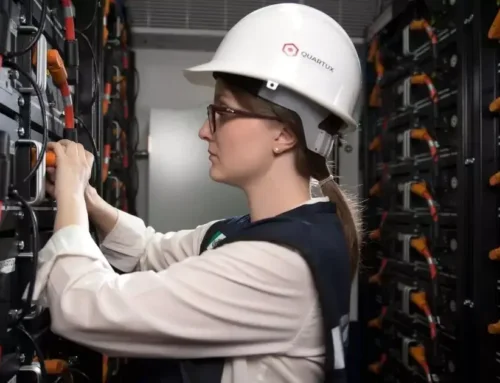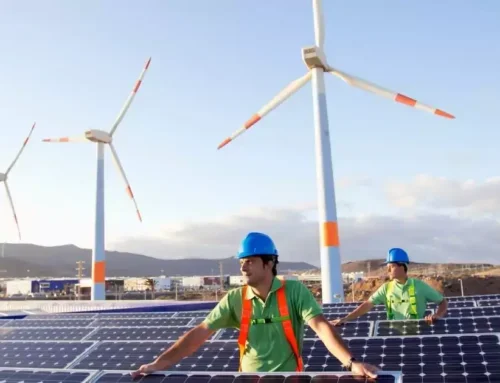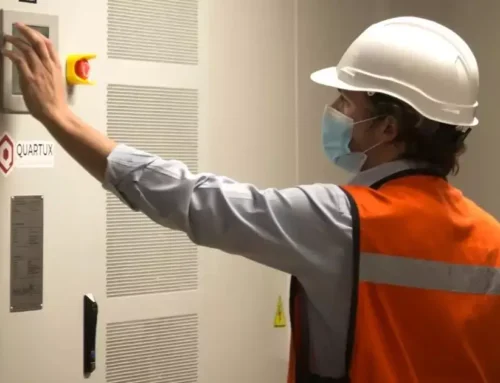In the last decade, concepts of sustainability, renewable energies, efficiency, and environmental care have become popular, as the climate crisis demands the world to transition towards new models that allow supplying energy consumption without generating polluting emissions. This situation implies a great challenge worldwide, as there is still no country that has completely stopped using fossil fuels, and the use of renewable sources is still in a transition process.
Can we help reduce carbon footprint even under the current model?
The answer is yes. Although the world has not achieved a radical change in energy consumption, there are strategies that allow people to contribute to environmental care while taking care of their economy.
Before delving into the topic, it is necessary to consider that sustainability and renewable sources are related concepts, but they are not synonymous. This is because the former refers to meeting needs without compromising the future of upcoming generations, while renewable energies come from natural sources and are inexhaustible.
Now, among the main changes that have been promoted to improve energy generation and consumption are the Paris Agreement and the Sustainable Development Goals (SDGs) of the United Nations (UN).
Through these agreements, world leaders seek to commit countries to reduce the carbon footprint caused by Greenhouse Gas Emissions (GHGs) and raise awareness among people about the importance of seeking other energy alternatives.
Setting aside agreements and the uncertain situation facing the country with the legislative initiatives proposed by the Federal Executive in the energy industry, there are conditions under which, individually, one can contribute to this. Here’s how!
To begin with, it is worth noting that electricity tariffs represent around 70 percent of companies’ expenses, causing the supplier to invest more fuel to generate the required output, thus increasing the cost of the service during peak demand hours.
This not only impacts consumers’ wallets but also damages the environment due to increased burning of fossil fuels to keep plants operational and meet consumer demands.
In the case of industries, as well as any small and medium-sized enterprise, energy storage represents an option to contribute to environmental care while reducing their electricity bills by up to 40 percent.
How does energy storage work?
Through intelligent software, electricity consumption habits and peak demand hours are analyzed. Subsequently, industrial batteries are installed to store energy during off-peak consumption times.
That is, energy is ‘stored’ when tariffs are lower, and it is used as a backup during peak hours when costs are higher due to consumer demand.
Thus, your electricity consumption is reduced at that time, generating immediate savings, and the discharge to electricity-generating plants is reduced, thereby reducing polluting emissions.
Where do sustainability and renewable sources fit in?
The energy storage model is not only functional with the electricity supplier but can also be adapted to other generation models through renewable sources such as solar or wind energy.
Although these sources have been criticized for not being available continuously within the same day, energy storage avoids service intermittency, so there’s no need to wait until the next daybreak to have electricity.







